5 Tons per Hour Waste Recycling Line and Factory Precautions
In the context of increasing environmental awareness, efficient waste recycling is crucial. A minimum production line capable of processing 5 tons of household waste per hour requires specific machinery to ensure optimal sorting, processing, and safety. This document outlines the necessary equipment for such a facility and highlights important precautions that should be observed in the factory.
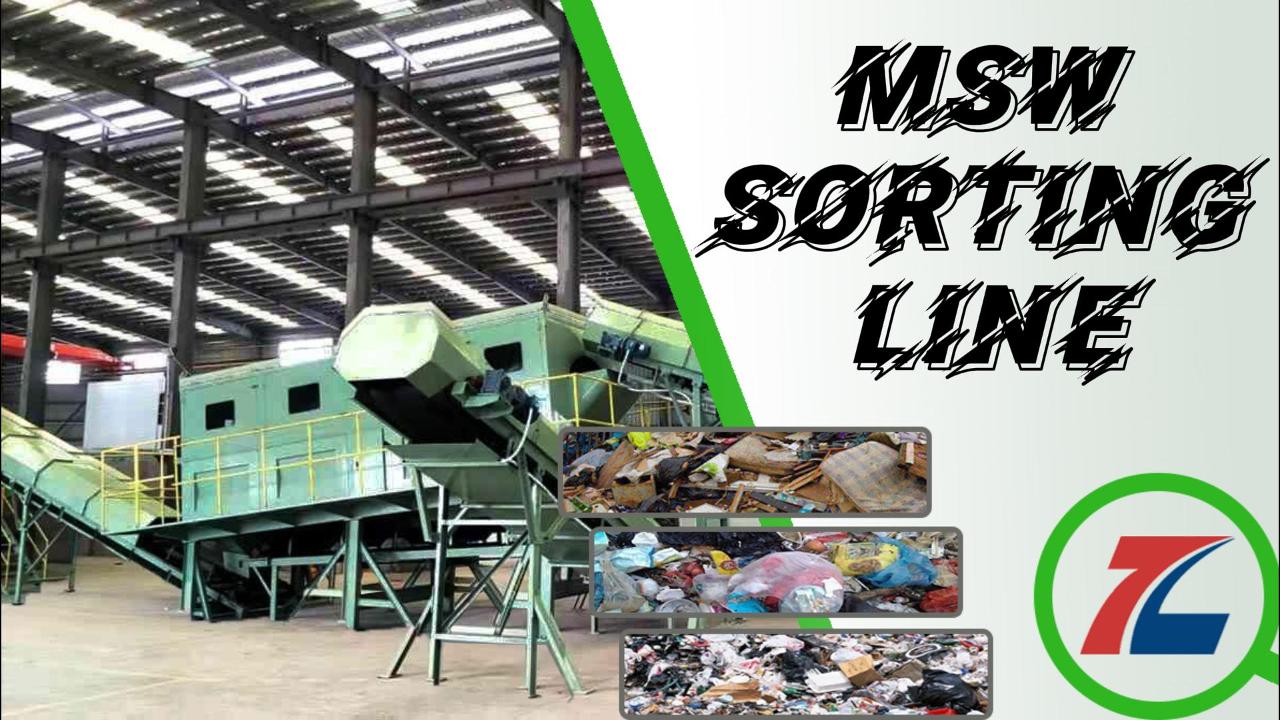
Essential Equipment:
1. Receiving and Pre-Sorting Area:
- Receiving hoppers to collect incoming waste.
- Conveyor belts to transport waste materials.
- Manual or automated pre-sorting stations to remove oversized items, hazardous waste, and large contaminants.
2. Primary Sorting Systems:
- Trommel screens or disc screens to separate waste into different sizes.
- Magnetic separators for extracting ferrous metals.
- Eddy current separators for non-ferrous metals like aluminum.
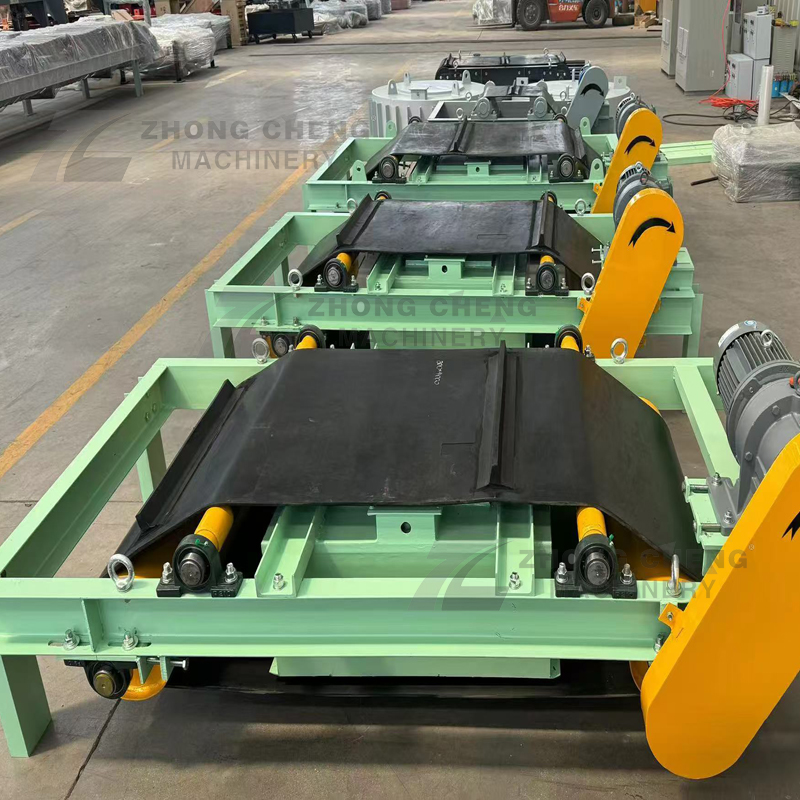
3. Secondary Sorting Systems:
- Optical sorters using near-infrared (NIR) technology to identify and sort plastics.
- Air classifiers to differentiate between light and heavy materials.
4. Processing Units:
- Shredders or granulators to reduce the size of waste for easier handling and further processing.
- Compactors to compress recyclables like paper, cardboard, and plastics for efficient storage and transportation.
5. Quality Control and End Product Handling:
- Inspection stations with quality control personnel.
- Packaging lines for sorted and processed recyclables.
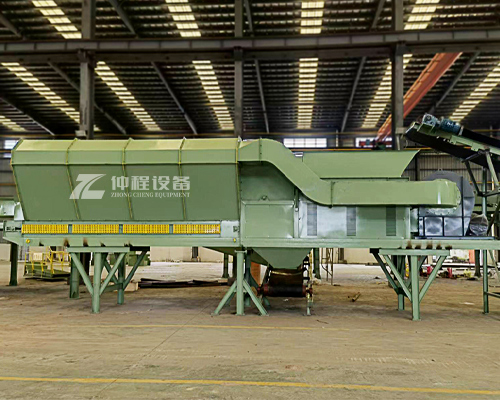
6. Auxiliary Equipment:
- Dust extraction systems to manage airborne particles.
- Leachate collection systems to handle liquid runoff from waste.
- Noise reduction barriers to minimize operational sound levels.
Factory Precautions:
1. Safety Protocols:
- Implement strict health and safety regulations to protect workers.
- Provide personal protective equipment (PPE) such as gloves, masks, and safety glasses.
- Conduct regular training sessions on machine operation and emergency procedures.
2. Environmental Measures:
- Ensure compliance with local and national environmental laws and regulations.
- Monitor emissions and effluents to prevent pollution.
- Maintain a robust waste management plan to deal with non-recyclable by-products.
3. Maintenance and Upkeep:
- Establish a routine maintenance schedule for all machinery to avoid breakdowns.
- Keep accurate records of service history and parts replacements.
- Inspect equipment regularly for wear and tear, especially moving parts and electrical components.
| Wind Sifter800 | Wind Sifter1200 | Wind Sifter1600 | |
| Feeding Belt Width | 800mm | 1200mm | 1600mm |
| Air volume | 8000-19000 m³/h | 12000-29000 m³/h | 15000-35000 m³/h |
| Full pressure | 2500Pa | 2500Pa | 2500Pa |
| Power | 38kw | 42kw | 55kw |
| Throughput | 20-30 m³/h | 30-50 m³/h | 50-70 m³/h |
4. Process Optimization:
- Continuously evaluate the efficiency of the recycling process.
- Invest in research and development to improve technologies and methods.
- Stay updated with industry trends and innovations to remain competitive.
Setting up a waste recycling line that can process 5 tons of household waste per hour involves selecting appropriate equipment tailored to the volume and type of waste being handled. Moreover, adhering to comprehensive safety and environmental guidelines ensures that the facility operates responsibly and sustainably. By maintaining a focus on safety, efficiency, and continuous improvement, recycling plants can contribute significantly to waste reduction efforts and resource conservation.
-
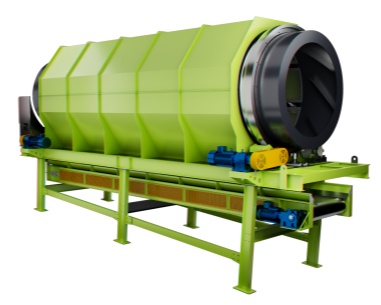 Trommel screenTrommel screen, also known as drum screens, are widely used in various industries for sorting and separating materials.Get Quote
Trommel screenTrommel screen, also known as drum screens, are widely used in various industries for sorting and separating materials.Get Quote -
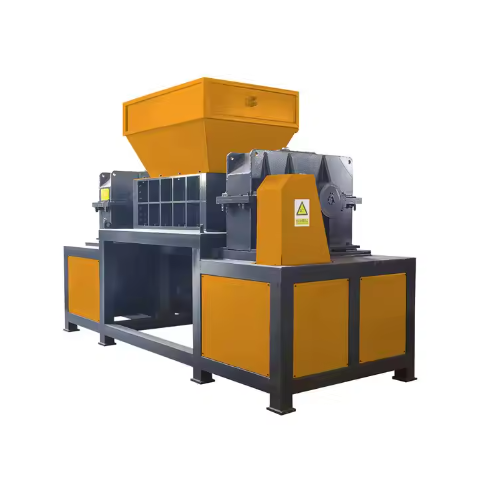 Crop straw double shaft shreddApplications:Biomass Energy Production: Shredded straw can be used as a feedstock for bioenergy plants to produce electricity or heat.Livestock Feed: Reduced-si...Get Quote
Crop straw double shaft shreddApplications:Biomass Energy Production: Shredded straw can be used as a feedstock for bioenergy plants to produce electricity or heat.Livestock Feed: Reduced-si...Get Quote -
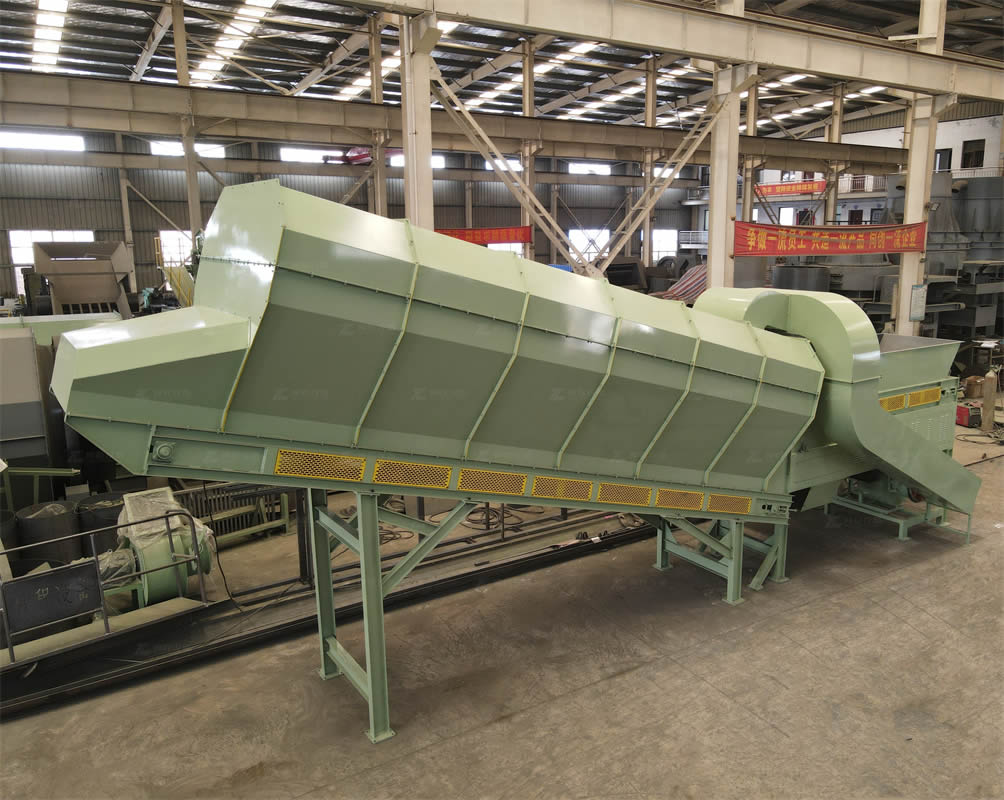 Zhongcheng Air Drum SeparatorAir drum separators effectively separate lightweight materials (e.g., plastics, paper) from heavier materials (e.g., metals, glass). This high efficiency is cru...Get Quote
Zhongcheng Air Drum SeparatorAir drum separators effectively separate lightweight materials (e.g., plastics, paper) from heavier materials (e.g., metals, glass). This high efficiency is cru...Get Quote
-
2024-05-18Jaw CrusherThe working principle of jaw crusher Although the jaw crusher has various structural types, its working principle is the same, that is, the material is crushed ...
-
2023-01-13Bag OpenerBag opener or bag opener system is a mechanical device used to automatically open and empty bags containing bulk materials. This system is commonly used in indu...
-
2024-10-23Solid waste recycling plantOur company engaged in waste sorting system . We are professional about waste sorting system . We have professional technical team. Professional technical team...
-
2024-08-06Plastic double shaft shredderOperation:Feeding: The plastic material is fed into the shredder through the infeed system.Shredding: As the material enters the shredding chamber, the rotating...
-
2023-01-11Ballistic SeparatorBallistic separators are a crucial component in modern recycling and waste management systems, contributing to more efficient resource recovery and environmenta...



